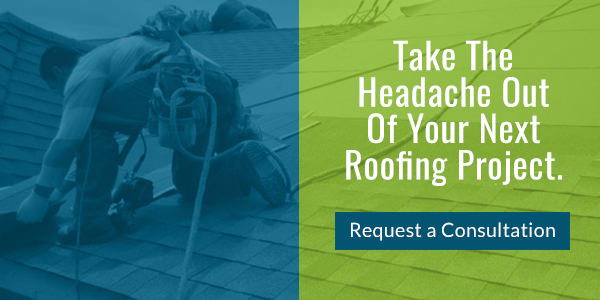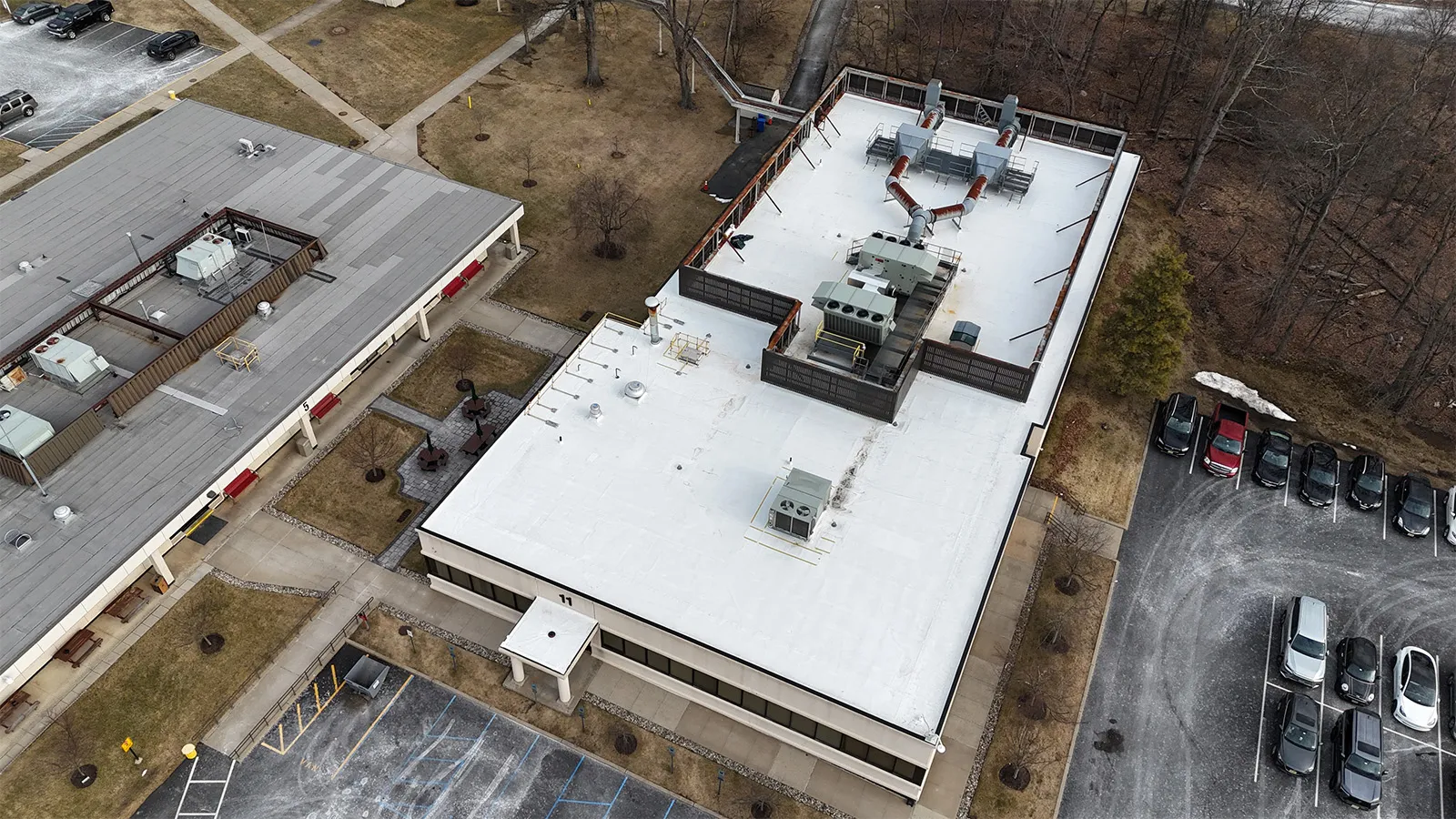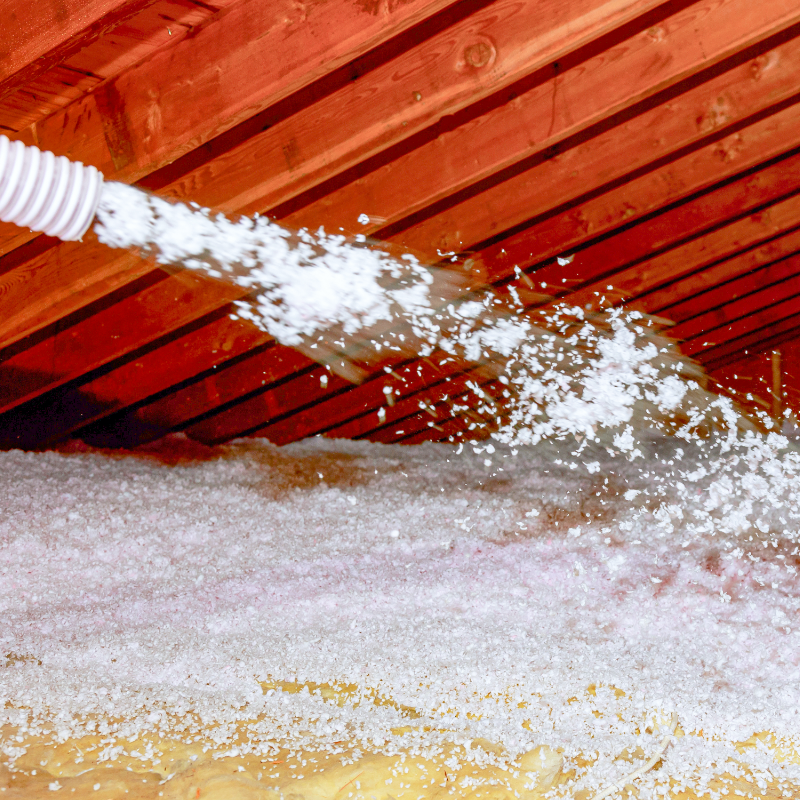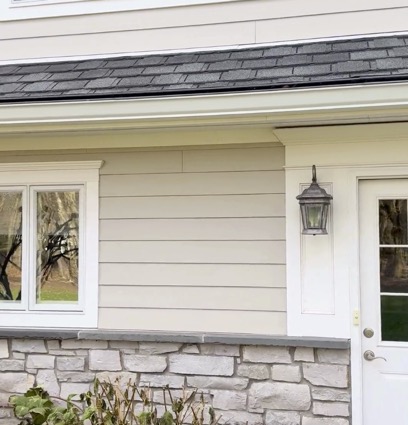When high winds, hail or fire damage your roof, it’s time to act without delay. Unfortunately, this may lead to hasty decisions that can prove costly. The key is to do two things right away. First, call your agent. Second, get a reputable roofing contractor involved.
At first, most homeowners think about a couple of key insurance roof replacement questions. They want to know whether the damage is covered by their homeowner’s policy. They also want to know what policy provisions come into play. It’s important to establish whether it makes sense to file a claim.
What Roof Damage does my Homeowner’s Policy Cover?
There are three important insurance terms to know. They are: covered peril, wear-and-tear and lack of maintenance. A typical homeowner’s policy protects you when a covered peril occurs. Normal wear and tear are not covered, nor is damage resulting from a lack of maintenance.
Examples of covered perils include:
Wind damage
Wind damage leading to a roof replacement takes two main forms. First, there’s the direct impact of extreme winds that rip away parts of the roof. Second, high winds may topple a tree or break off a large branch. Catastrophic damage is common when tons of wood crashes into a roof. Tree damage is common in New Jersey. Many residents live in homes in wooded areas. Historic homes are often flanked by mature trees that have grown tall over the decades. Trees line many city streets. Many are tall enough to reach rooftops if they come down in a storm.
Windstorm deductibles cover wind damage, except, in some cases, those from a hurricane. New Jersey is one of 19 states with a special provision for hurricane coverage. So-called hurricane deductibles are often different from standard wind deductibles. Hurricane deductibles apply when the National Weather Service (NWS) identifies a storm as a hurricane. They also apply when wind speeds reach 74 mph anywhere in the state. Hurricane deductibles are subject to New Jersey state regulations.
There are two kinds of deductibles: fixed-dollar and percentage. Many NJ homeowner’s policies feature fixed-dollar deductibles ranging from $500 to $2,500. Percentage deductibles are more common with hurricane coverage. They often range between two and 10 percent. Some are mandatory. For example, NJ state law allows up to five-percent hurricane deductibles in higher-risk coastal zip codes.
Hail damage
Modern roofs are often engineered to withstand minor or even modest hailstorms. There are still instances in New Jersey when very large or heavy hail causes severe roof damage. It is not always easy to determine whether the damage is superficial, or whether it compromises the integrity of your roof. An inspection by a reputable independent roofing contractor increases confidence in how the adjuster is handling your claim.
Fire damage
The National Fire Protection Association (NFPA) estimates 363,000 house fires occurred in 2018. There are many sources of such fires. Examples include electrical short-circuits, chimney fires and lightning. Fortunately, firefighters often contain such fires before they cause severe damage.
A fire burning from within a home can destroy a roof in minutes. Even when the roof does not collapse, a full replacement is often needed. Fire damage to the rafters and other framings quickly compromises its strength. A fire-damaged roof that is weakened but not replaced may collapse under the weight of heavy snow. A reputable roofing specialist is skilled at noting underlying damage. Examples include damage to rafters, insulation, electric wiring and interior walls.
What Kind of Insurance Coverage Do I Have?
Homeowner’s policies handle roof replacements in different ways. Replacement Cost insurance covers the cost of a new roof less the deductible. Actual Cash Value (ACV) insurance only covers the current value of a new roof less the deductible. Furthermore, the current value of the roof is often affected by depreciation. Many homeowner’s policies only pay the depreciated value of your existing roof, less the deductible. In many, but not all policies, depreciation does not “kick in” until the roof is at least 10 years old.
On an older roof, your insurer may calculate depreciation that reduces a claim payment to as little as 15 percent of the roof’s replacement cost. It’s ideal to work with a reputable local roofing contractor who can review depreciation calculations.
The Balance estimates that the premium for Actual Cash Value (ACV) coverage may only be about 10 percent more than the lesser coverage. It’s a modest sum considering the potential out-of-pocket expenses in the event of a major claim. Unfortunately, some policy provisions prove costly when major roof damage occurs. Depreciation is often the culprit. Depreciation often leaves a homeowner facing a difficult one-two punch. First, they go through the shock of enduring severe roof damage. Second, they find they have to cover a significant part of their roof replacement costs. This may mean thousands of dollars paid out-of-pocket.
In this scenario, all is not lost. First, a new roof will raise your property’s value. This is particularly important if you happen to sell in the next few years. Second, a new roof makes your home more attractive to prospective buyers. Third, you now have a new roof protected by a manufacturer’s warranty. This can bring you peace-of-mind for decades to come.
Contact Us Today
CRS professionals have met the roofing needs of northern NJ homeowners for more than 48 years. Perhaps you’ve even seen our trucks in your neighborhood. Our roofing services include everything from emergency roof repairs to full roof replacements. We also offer routine inspections, roof maintenance, soft washing and warranty work.
For answers to your insurance roof replacement questions, please contact us today!






